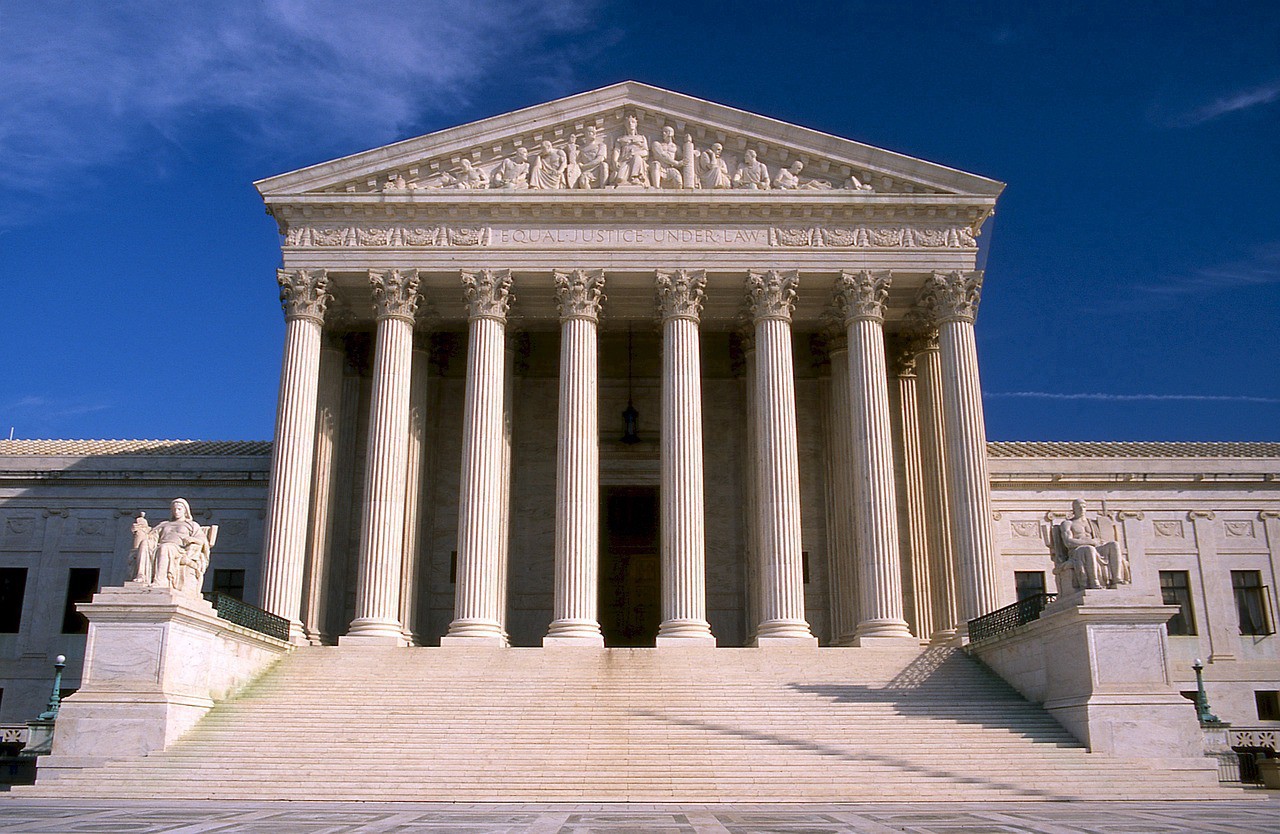
The law that primarily governs accessibility in the U.S. is the Americans with Disabilities Act (ADA).
The gist of the ADA is if you don?t make things accessible, then you?re discriminating against those with disabilities.
Even though it doesn?t mention websites anywhere, Title III of the ADA has been overwhelmingly been interpreted by the Department of Justice (DOJ) and U.S. courts to apply to websites.
Websites and mobile apps are now considered ?places of public accommodation?.
Basically ? and I really do mean basically ? what this means is if you have a website and there?s anything remotely commercial about it (i.e., money is involved), you?re a potential target for plaintiffs? law firms.
What causes plaintiffs? lawyer to initiate litigation?
Sometimes just the mere fact that you have a website.
But, for the plaintiff?s lawyers who actually look, they?re looking for any technical ways your website doesn?t meet WCAG.
If your website isn?t fully WCAG conformant, does this mean you?re in violation of the ADA?
No, again, there is no current formal legal prescription for web accessibility for private entities in the United States.
As it stands now, WCAG 2.0 AA and WCAG 2.1 AA are the referenced technical standards (from the DOJ and courts) and plaintiffs? lawyers seek out any number of technicalities where a website could conceivably have an accessibility issue (e.g., a redundant link).
(Note that the significance of different accessibility issues varies based on issue type and the number of issues. Some are minor inconveniences while others prevent or significantly hinder access.)
With the discretion to litigate solely in plaintiffs? lawyers hands, they frequently opt for litigation. If they sue you or send you a demand letter, you lose time, money, and mental energy.
While this doesn?t mean you technically violated the law, it has the effect of a loss.

When we examine Title III of the ADA, since it doesn?t speak directly to websites or mobile apps, we have to go by the broad language of the statute which requires:
the full and equal enjoyment of the goods, services, facilities, privileges, advantages, or accommodations of any place of public accommodation
So the technically correct legal answer is to make it so that everyone, including persons with disabilities, can enjoy the ?full and equal? use of your website; they can access content, navigate your website successfully, engage with different elements, etc.
Restated, generally, we have to make sure our websites provide for meaningful access and effective communication to those with disabilities.
U.S. courts and the Department of Justice (DOJ) have continually referenced the Web Content Accessibility Guidelines (WCAG) 2.0 Level AA success criteria as the standard to gauge whether websites are accessible.
But, just because our website doesn?t fully meet a WCAG success criterion doesn?t mean we?re in violation of the ADA.
For example, let?s say my text color contrast ratio is 4.4:1 and doesn?t meet the 4.5:1 guideline set in WCAG, does that mean I?m violating the ADA?
No.
Here are some quotes from authoritative sources on this:
Assistant Attorney General, Stephen E. Boyd, stated in a letter to Congress that entities (individuals, businesses, companies, organizations, etc.) have flexibility in how to comply with web accessibility.
Absent the adoption of specific technical requirements for websites through rulemaking, public accommodations have flexibility in how to comply with the ADA?s general requirements
The Section508.gov blog says the same thing:
Until the DOJ adopts specific technical requirements for web accessibility in a final rule, if you?re subject to the ADA, you have more flexibility in determining how to make your website compliant with the ADA?s general requirements of nondiscrimination and effective communication.
The Ninth Circuit Court has also stated we have flexibility in accessibility:
the ADA and its implementing regulations are intended to give public accommodations maximum flexibility in meeting the statute?s requirements
I?m going to guess that it?s about now that you?re starting to realize that you?re in for more than you bargained for?
I?ve got four more legal bullet points and then we?ll call it a day for the legal section.
Sure, there are bucketfuls of information I could serve up but you?ve got the point.
Legal bullet points
- The ADA is a strict liability law which means there are no excuses/defenses for violations (e.g., ignorance, web developer is working on it, etc.)
- Parallel state court lawsuits alleging violation of state anti-discrimination laws (Unruh Act in California and New York Human Rights Law in New York) have become extremely popular because they?re essentially the same as the ADA but provide for more damages to plaintiffs.
- Fair Housing Act and other anti-discrimination laws are also being used to sue website owners and target specific industries (e.g., FHA for real estate)
- Having fewer than 15 employees doesn?t exempt you from ADA compliance as a place of public accommodation (Title I is what you?re thinking of)
WCAG

COVID-19 only slowed lawsuit filings for a few months in 2020.
And we don?t know about demand letters because those don?t go on public record.
But what we do know is that a cottage industry around digital accessibility litigation has formed and is here to stay for the foreseeable future.
Of significance is that there has been a surge in state lawsuits including Unruh Act lawsuits in California and Human Rights Law lawsuits in New York.
So even if you hear that ADA website accessibility cases have gone down, this doesn?t speak to the number of state-filed cases since the ADA is a federal claim.
The answer to reducing risk of litigation is easy: make your website or mobile app accessible; the solution, however, is not, and takes time.
And while you figure out your plan of action and are in the process of making your website accessible, you might get hit by a demand letter or lawsuit.
Settlements in ADA website compliance cases typically range from $3,000 to $25,000+ depending on the size of the entity.
The best course of action is to get started as soon as possible. Auditing and remediating your current website can take multiple months to complete.
And here?s the kicker: if you do get hit with a demand letter before you?ve made your website accessible and end up settling, you still have to make your website accessible.
Want another kicker? Just because you?re sued once doesn?t mean you can?t get sued again by someone else (this is actually very common ? many companies have already had this happen).
How about a third kicker on your fantasy football team? Here it is: the Americans with Disabilities Act is a strict liability law, which means there are no excuses to non-compliance.
Strict liability means the only saving grace is compliance, which means your website is currently a sitting duck as-is.
Corporations and small businesses alike are being targeted.
I talk to people who have been sued or received demand letters on a daily basis.
From mom bloggers and small motels in tiny towns to the biggest corporations in the world, all sizes of entities are the target of litigation.
Get my WCAG 2.1 AA Checklist and Guide for free at Accessible.org.
Read more of my articles on web accessibility and ADA compliance:
Why accessibility toolbars/widgets/plugins aren?t compliant
Does every website need to be ADA compliant?
What does the 11th Circuit?s Gil v. Winn-Dixie decision mean?